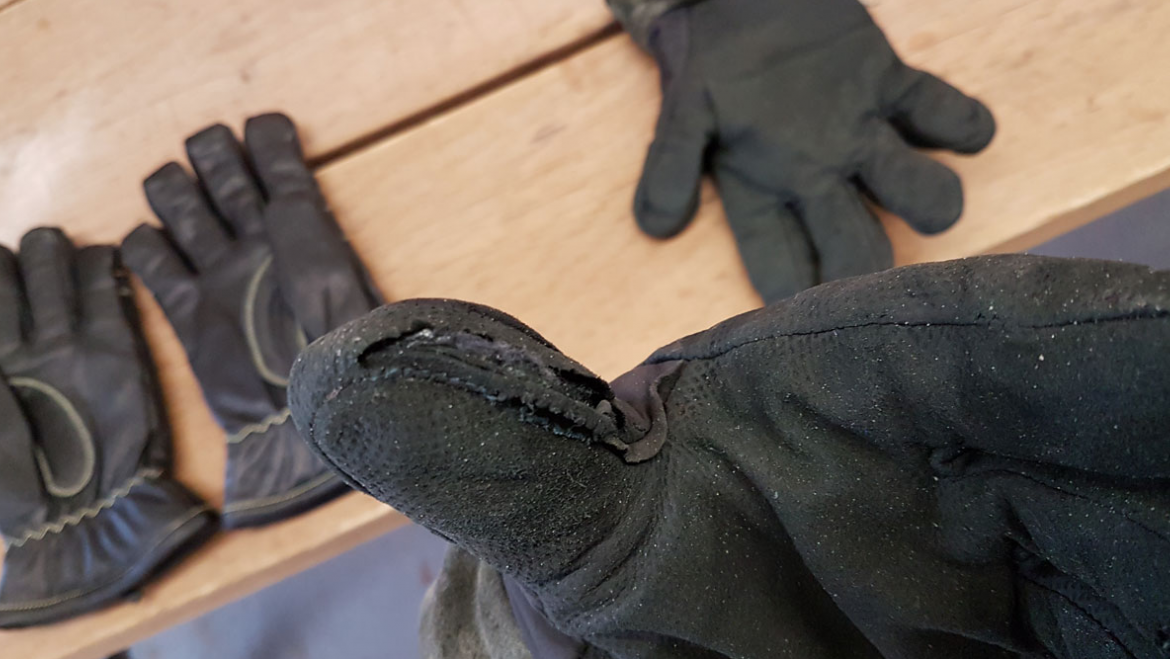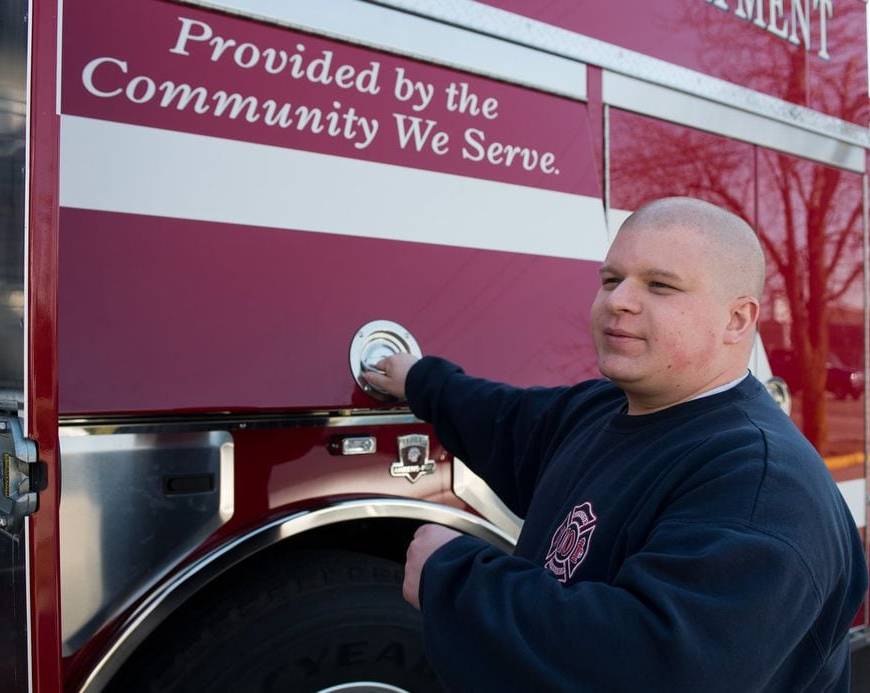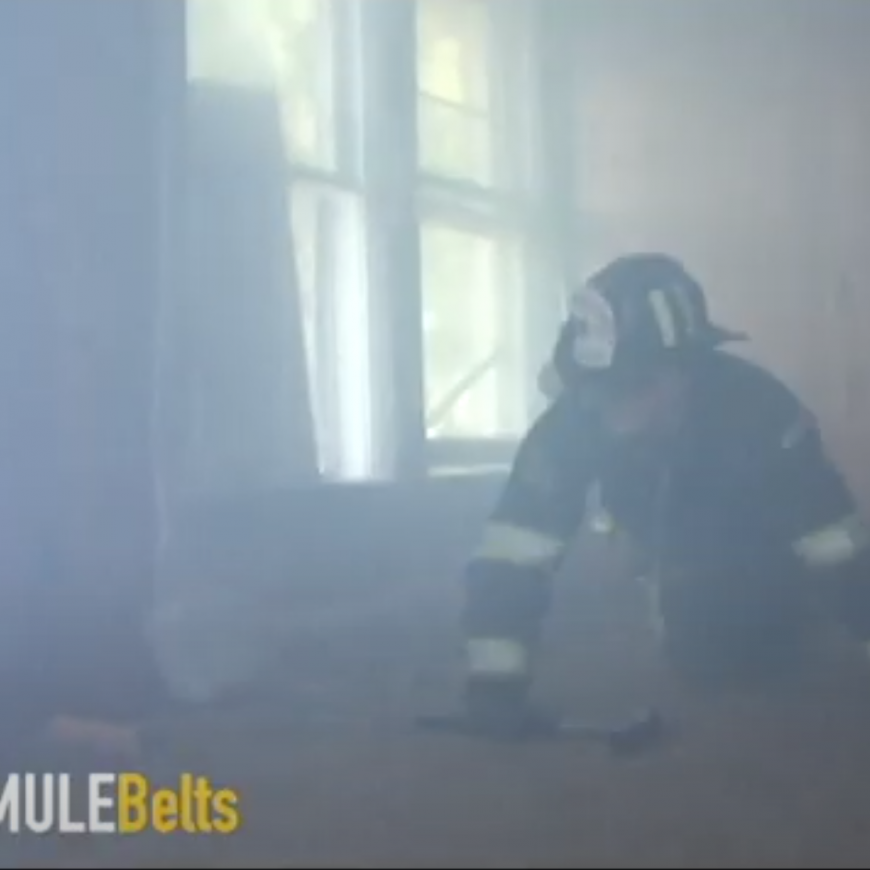As time marches on, firefighters may find themselves practicing repeated actions in the same manner that produce few or no consequences at all. These repeated actions may be actions that circumvent regular practice or disregard standard fire department practice. When a “positive” or even “neutral” outcome is produced by these repeated actions, firefighters may finds themselves becoming complacent, despite the questionable behavior. Eventually, the time may come when that single, repeated action produces a negative outcome and the firefighter finds themselves caught up by Murphy’s Law.
There are many reasons why firefighters grow complacent:
- Fewer calls to respond to means fewer times practicing correct fireground actions and firefighting tactics.
- Bad attitudes towards everything in the fire service compel some firefighters to want to do things their way.
- The fabled “30 + 2” rule: There are some who have only been a firefighter for two years but act like they have been on the job for 30 years.
- Ignorance in not willing to accept responsibility.
- Bad leadership that permits firefighters to persist in improper practices.
- Lack of training.
- No accountability.
In terms of complacency, one area warrants scrutiny is firefighter personal protective equipment (PPE). This basic ensemble that protects us from the dangers of our work environment requires proper and standard practices to ensure that it will protect us when the time comes.
The first part of PPE pertains to our inspection of it. The word PPE has one key word in it: “personal.” The gear that is issued to a firefighter is personal gear meaning that only that firefighter is going to wear it. The days of sharing gear are gone although there are likely some fire departments that still go this route. We are seeing personal issue for helmets, boots, gloves, hood, jacket, pants and self-contained breathing apparatus (SCBA) face pieces.
CONTACT PACMULE BELTS AT 1-708-598-7170
All this personal gear needs to be inspected by the owner on a regular basis: daily, weekly, bi-weekly, or monthly. Fire departments will often require PPE to be inspected on a weekly or bi-weekly schedule. For the firefighters that work on a full-time basis, the expectation is to inspect their gear daily. A general rule for PPE inspection is: whenever you are going to use it, inspect it.

When firefighters inspect their gear, what should they be looking for? Look for any missing items. This can include components of the gear such as the inside liner of the jacket of pants, one glove from the pair, or any item that comprises their PPE. If the item is missing, then the PPE is not complete, and it will not function as needed.
The inspection also needs to include making sure there are no defects with the gear. This starts with looking the gear over to see if there are any holes in the gear or any rips or tears that may be the result from a previous call.
CONTACT PACMULE BELTS AT 1-708-598-7170
The firefighter must also make sure that there is no major degradation showing in the gear. This can be visible on the jacket and the pants of the PPE. The firefighter must open up the gear under the inside liner and hold it up to the light to see how much shines through the material. If you can see through it, there is major degradation. If there is not much light coming through, there is still good life to the outside liner. This can be done for the jacket and the pants. A visual check on the outside will also yield results by seeing the degradation in the “thinning” of the material in certain areas.
Looking for exposure to excessive heat is also another area that can be inspected. This will be a visual check and will be obvious to see. Indicators such as charred materials on the outside are a dead giveaway. The other indicators can be the “tie-die” look of the outer material. This is where the heat has caused the color to “run” or disappear in a certain area. The excessive heat will also cause a “browning” effect to occur on the inside liner right below where the “tie-die” spot is located. This is evidence that the gear was exposed to excessive heat and the inside liner has been compromised.
There is also the annual inspection of gear. This is where the PPE will be sent away to a third party for inspection, cleaning, and repair, if needed. This is a rigorous inspection process that is followed as per National Fire Protection Association (NFPA) standards that includes hydrostatic testing of the vapor barrier. Any repairs will be made in accordance with manufacturers’ recommendations and NFPA requirements. Usually, a report is generated by the inspection services and sent back to the department and the user of the PPE to inform them of the findings.
As basic as this process is, inspecting your PPE, it is a vital part of avoiding complacency. By following proper steps and practices, firefighters will ensure themselves a good start to any call they respond to.
Read More: https://www.fireengineering.com/firefighter-training/back-to-basics-firefighter-ppe-inspection/
CONTACT PACMULE BELTS AT 1-708-598-7170



